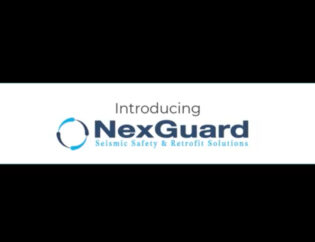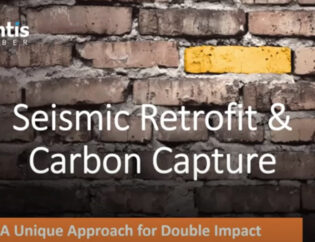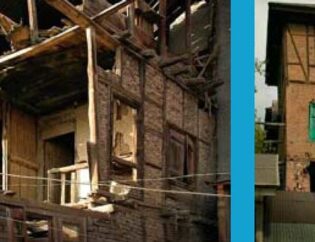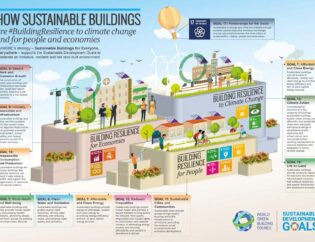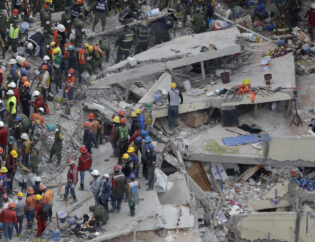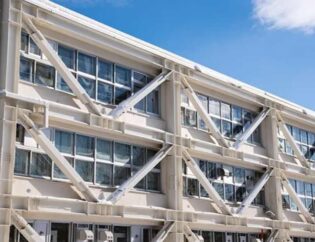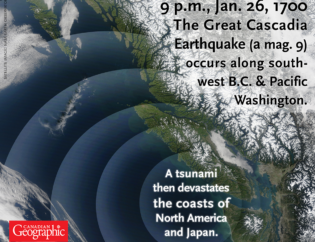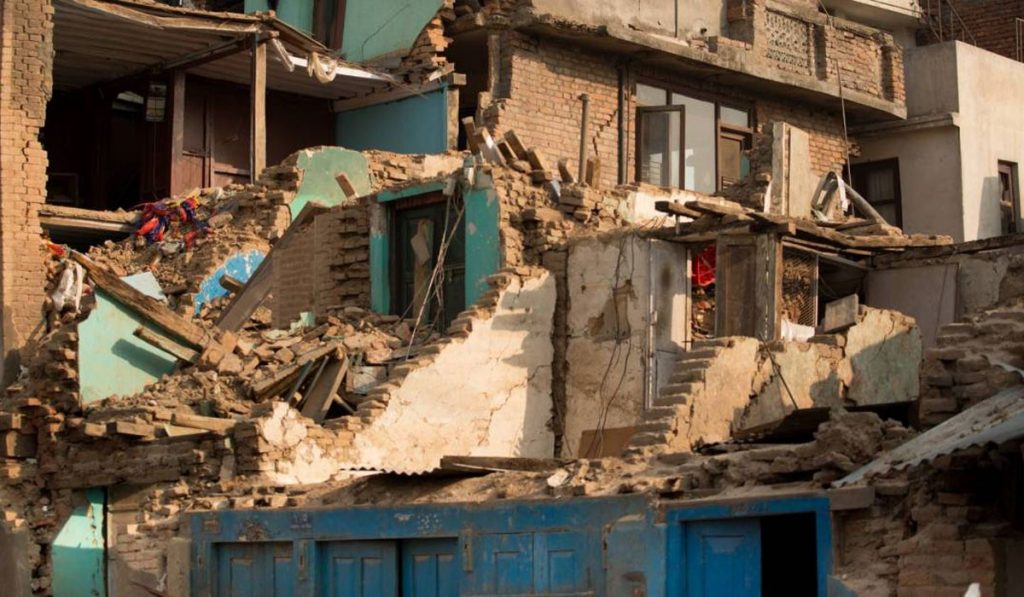
 The ‘Earthquake-Proof’ Concrete is actually called EDCC and is sold as SeismicFiber™. It is not only highly successful at concrete-stress-management, as needed in earthquakes, but it is also full of repurposed material that makes if a zero-carbon product, exceeding most government goals for carbon reduction in an effort to fight greenhouse-gases (GHG) and global climate-change (GCC).
The ‘Earthquake-Proof’ Concrete is actually called EDCC and is sold as SeismicFiber™. It is not only highly successful at concrete-stress-management, as needed in earthquakes, but it is also full of repurposed material that makes if a zero-carbon product, exceeding most government goals for carbon reduction in an effort to fight greenhouse-gases (GHG) and global climate-change (GCC).
Original story by Jessica Miley
Earthquakes have the ability to destroy buildings quickly and comprehensively with a devastating loss to human life. Engineers and architects around the world dedicate their lives to finding ways to ‘earthquake proof’ buildings for construction in earthquake-prone areas.
In 2017, researchers from the University of British Columbia engineered a new type of ‘concrete’ that has ductile properties, allowing it to bend rather than break under pressure. Concrete is one of the most popular building materials around the world. It’s relatively cheap, quite easy to work with, has a long life and is resistant to fire. However, it’s very vulnerable to the stresses caused by seismic events. The production of concrete is also very damaging to the environment. One of its main ingredients is cement. Cement has its own issues, as the team from UBC noted in their research.
EDCC solves both the structural and environmental problems of traditional concrete
By replacing almost 70 percent of the cement normally used to make concrete with a byproduct from burning pulverized coal in electric power generating plants. This is called Fly-Ash; Fly-Ash is created during combustion when mineral impurities in the coal fuse in suspension and float out of the combustion chamber with the exhaust gases. It can then be captured and used for other purposes.
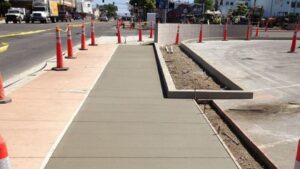 It is then engineered into a blend that creates a resistance that is capable of withstanding earthquakes of 9.0+ on the Richter-scale. This is done using polymer-based fibers; it is these fibers that provide its flexibility and strength and if different that traditional fiber additive.
It is then engineered into a blend that creates a resistance that is capable of withstanding earthquakes of 9.0+ on the Richter-scale. This is done using polymer-based fibers; it is these fibers that provide its flexibility and strength and if different that traditional fiber additive.
“The cement industry produces close to seven percent of global greenhouse gas emissions,” says UBC Professor Nemy Banthia. The reduction in the use of cement address one of the most relevant environmental problems for the construction industry. Banthia says, “By replacing nearly 70 percent of cement with fly ash, we can reduce the amount of cement used. This is quite an urgent requirement, as one tonne of cement production releases almost a tonne of carbon dioxide into the atmosphere.”
Most importantly, however, unlike existing building materials, it is extremely ductile. This means it can warp and bend when under pressure rather than crack, crumble or twist like concrete and steel do. As an example, the UBC researchers sprayed a 10 mm layer of EDCC onto concrete block walls before putting the walls under a simulated stress similar to the magnitude 9+ earthquakes similar to the one that struck Tohoku, Japan in 2011. The same pressure was placed onto a regular unreinforced block wall which collapsed at about 65 percent intensity of the Japanese quake.
 Luckily for the concrete industry, EDCC isn’t just a prototype for protection against earthquakes.
Luckily for the concrete industry, EDCC isn’t just a prototype for protection against earthquakes.
AtlantisFiber™ has developed it into a commercial-ready product that has been awarded as an official seismic retrofit option in British Columbia, Canada. For many retrofit projects, SeismicFiber™ will not only make sense from a strength point of view but will also be more cost-effective than traditional methods of steel bracing. In fact, with seismic resistance at the forefront of the reasoning behind the creation process, the new fiber-reinforced concrete developed at the University of British Columbia in Vancouver, B.C., undertakes its first real-world application as part of a seismic retrofit of a Vancouver elementary school. Our EDCC was installed into a local primary School in a high-earthquake risk area, Vancouver, BC, Canada, in a 2016/2017 retrofit.
AtlantisFiber™ is currently looking for seismic retrofit projects worldwide within areas that experience a lot of seismic activity. If you have an upcoming project, please take a few minutes and create a dialog with us and how we may be able to help you get those carbon credits your government is seeking.
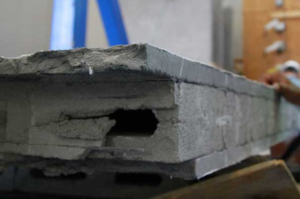 Luckily for the concrete industry, EDCC isn’t just a prototype for protection against earthquakes.
Luckily for the concrete industry, EDCC isn’t just a prototype for protection against earthquakes. 